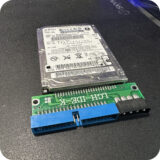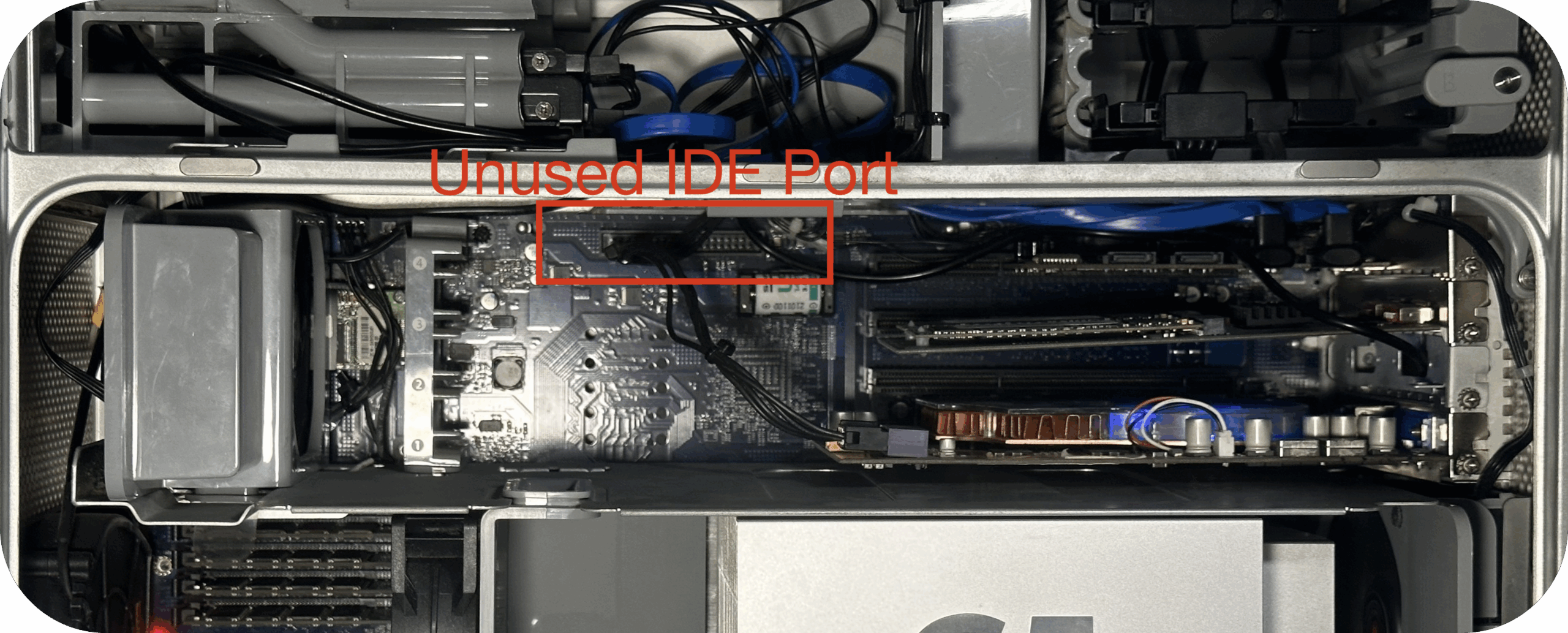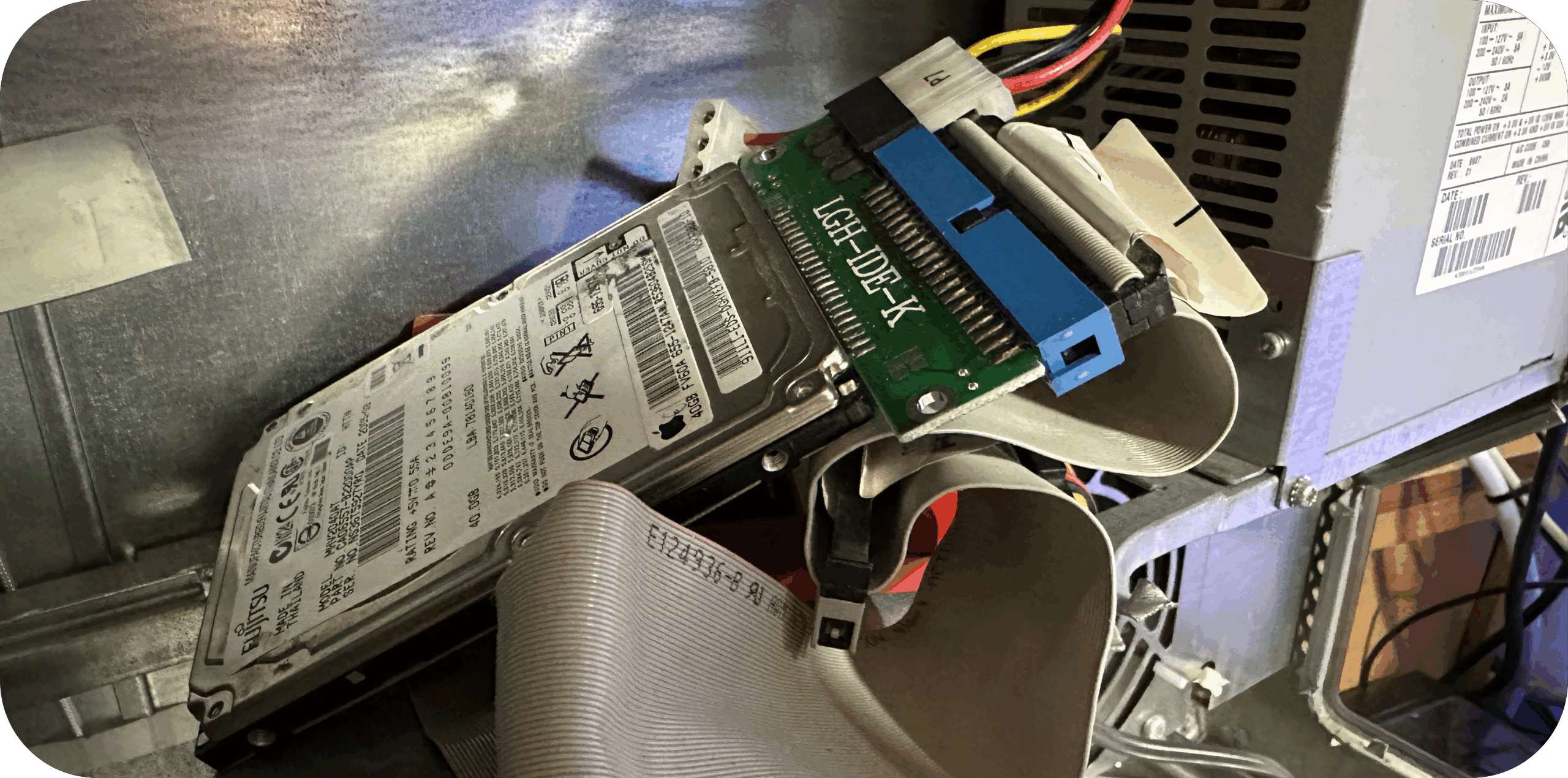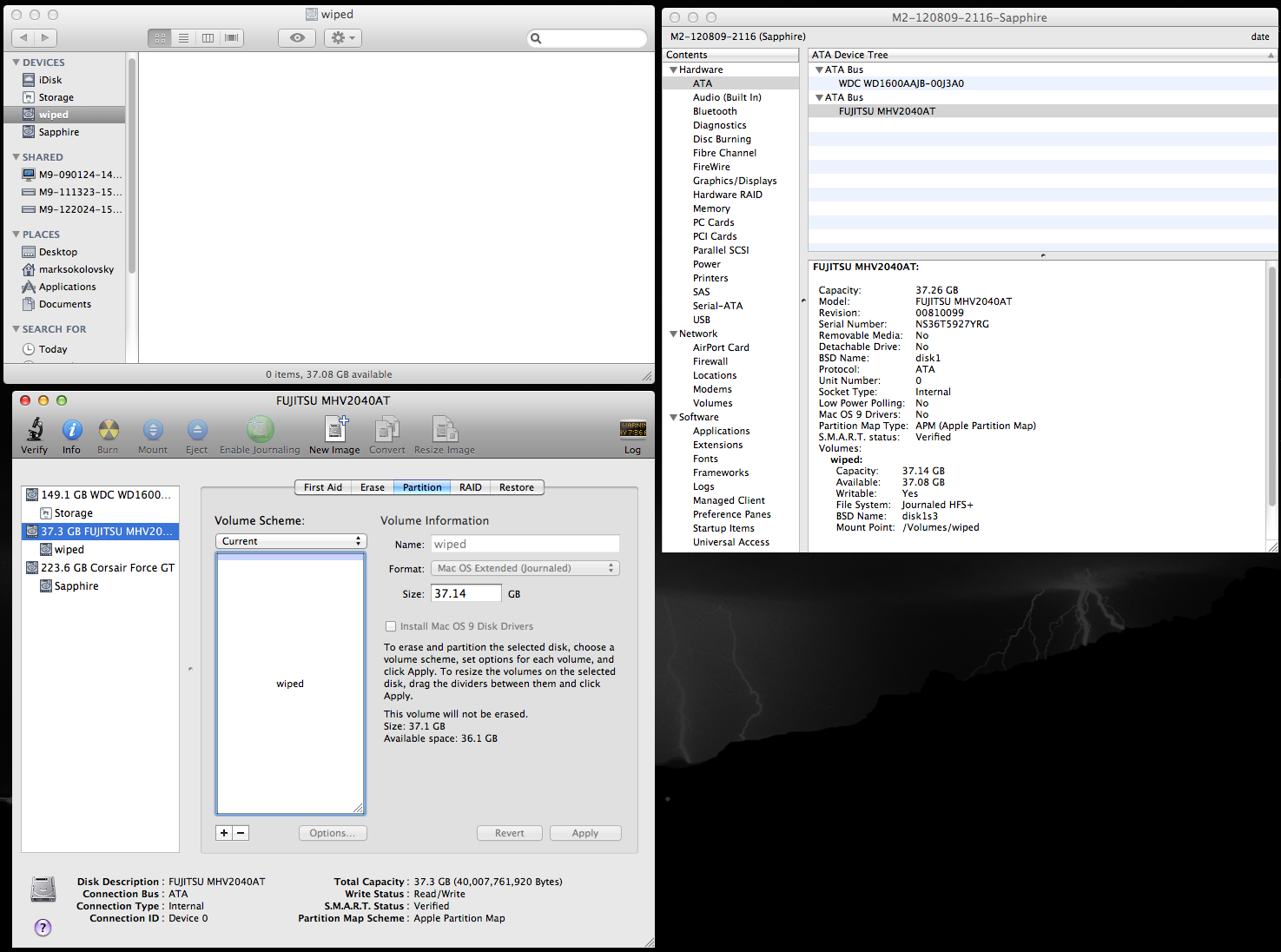 For the first time ever in the 5 years of the RAID0 array up and running on the Dual 2.0 Power Mac G5.. I ran into a file system/file corruption error. Fortunately, I had the array backed up so I had it back up and running within less than a day. R/W speeds are the same as before so it doesn’t appear to be any sort of major hardware issue.
For the first time ever in the 5 years of the RAID0 array up and running on the Dual 2.0 Power Mac G5.. I ran into a file system/file corruption error. Fortunately, I had the array backed up so I had it back up and running within less than a day. R/W speeds are the same as before so it doesn’t appear to be any sort of major hardware issue.
I wiped the array, reformatted and then cloned back to it, everything is good now. I suppose backups are only the natural and right thing to do when having an SSD RAID0 Array in a Power Mac G5 – but what if I didn’t have this backup, and how about building in an emergency solution, like a recovery drive?
The 480GB PCIe OWC Mercury Accelsior SSD in the Power Mac adapted via the PCI to PCIe adapter works as expected but can’t be booted into at all, just like on the Mac Pro 1,1/2,1 – so this makes a great scratch disk but not as a rescue volume you can boot into at a moment’s notice.
 (Above: Tap to enable zooming in)
(Above: Tap to enable zooming in)
I have an empty IDE header on the logic board where the optical bay used to be plugged into, why not adapt it to mSata and have a small-sized high capacity rescue volume in case the RAID0 goes down? It won’t be terribly fast via the IDE bus but it won’t matter as it’s a way for the G5 to boot into a drive natively via an onboard connection without hampering the RAID0 array.
Plus an mSata drive looks sleek, modern, and can be tucked away somewhere or even in plain sight.

That’s the idea here – but my laptop-IDE-to-mSata adapter hasn’t come in yet so I figured I’d at least try an iBook drive in a Power Mac G4.. and it works! The drive has to be plugged in right-side up, so the top sticker of the drive has to face the same side as the top of your desktop IDE connector.
 (Above: Tap to enable zooming in)
(Above: Tap to enable zooming in)
Cost on eBay
Miraculously, these were only $8-20 a piece on eBay as were the laptop-IDE to mSata adapters. It’ll look pretty sweet having an mSata drive in here without even having to tap into the SATA bus or even using the PCI bus of the machine! Not the absolute most modern solution but modern enough.. plus you’re more likely to run into compatible AHCI drives too. I know Fanxiang drives are solid and compatible with PowerPC Mac for sure.

Some reflections
- I’m thankful an adapter like this exists – it’s easy for time to move “fast”, older tech to fall by the wayside (or rather, into the landfill), and for projects like these to never see the light of day all because it becomes too cost ineffective for an adapter like this to be made.
. - That being said, it’s a bit flimsy. I can’t find anything else like it, there’s not even a chip on it. And by flimsy I don’t mean it feels necessarily cheap, but the metal contacts bend if you press/plug the adapter into a drive too hard. So you’ll have to be careful there. It’s also in part because the connector seats in very firmly, it’s like super-gluing a drive to the adapter. (Shoot, I made the example out of the 40 GB drive, should I unplug it or buy another in case I break it..?)
In Conclusion
Here’s yet another adapter that is thankfully cost effective, generic, and seemingly plentiful for our PowerPC desktop Macs – making them more flexible in the types of drives and upgrades that can be installed and effectively used.

